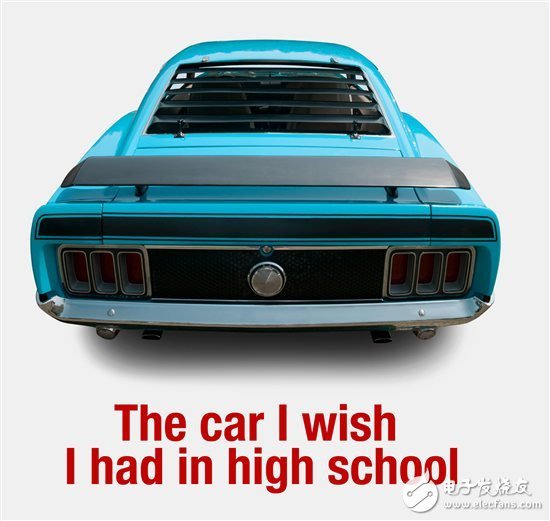I have been driving for nearly 30 years. During this period, I have owned eight different cars. The models are: 78, 86, 89, 92, 2000, 2001, 2006 and 2011. Except for the 78 Granada, all of my cars are very reliable and I still maintain good condition when I change cars. The cars that were replaced were not all new, not even newer than the previous ones. My 86 and 89 models were second-hand at the time of purchase and sold more than 150,000 miles in 2000. Of course, the longer the car is, the more maintenance it will require. This applies to most "durable goods". I don't have a list of recommended consumer reports for my 86 and 89 cars, but it's still very useful anyway. why? Today, the automotive industry is in the midst of a transition from incandescent to LED lighting, starting with brake lights, followed by turnkeys, daytime running lights and now the full transformation of headlights. Unfortunately, LED-based systems are no simpler than the incandescent systems they replace. Although it is difficult to overcome the utilitarian scheme of battery switching lights, LED systems can provide a number of important advantages to compensate for the high complexity. Its advantages include: Long service life – no need to change bulbs for tens of thousands of hours, reducing unscheduled vehicle maintenance costs; Compared with halogen lamps, energy consumption drops by 80%; Unique manufacturer design style options, the most promising... A better way to change the shape of the headlight beam, "adaptive front lighting", is to improve driving safety. What conditions are needed? To mitigate some of the noise challenges associated with SMPS LED drivers, we created a reference design using the TPS92690-Q1 DC/DC LED lighting controller. The component was chosen for two main reasons: 1) it can be used in a Cuk topology that is resistant to EMI; 2) LED current sensing can be done in a simple way, ie still between the LED driver circuit and the LED itself A single-wire connection is made to implement a simple connection method. Click here for more information and how it works. The LED system for most components is really not simple, but if you want to speed up the design or just start the LED lighting design, try using Texas Instruments' WEBENCH® LED architecture to accelerate and simplify the design process. Corner cube retroreflectors are designed to reflect any ray or beam entering the prism face, regardless of the orientation of the prism, back onto itself. A mirror will only do that at the normal angle of incidence. As a result, corner cube retroreflectors are ideal where precision alignment is difficult or time-consuming. They feature three total internal reflections and will function even at very large angles of incidence. Zoolied supply 12.7mm 25.4mm 38.1mm 60mm corner cube prisms. Corner Cube Prisms,Corner Cube Retroreflectors,Corner Cube L Bar Prism,Optical Serveying Prism Zoolied Inc. , https://www.zoolied.com
Automakers have always valued the simplicity of design. Simple designs tend to be better and more durable. Even though manufacturers are struggling to meet our ever-increasing demands for convenience and safety features—which often involve a large number of electronic devices—they still prefer the easiest method. Because this ensures high quality and high reliability of the product.
The most basic LED headlamps require an LED driver based on a 10W to 15W Switch Mode Power Supply (SMPS). Whether driving LEDs or providing a 5V rail to a microcontroller, the SMPS generates electromagnetic interference (EMI), which must be well filtered to prevent it from coupling to sensitive components. 
What do you think about using LEDs in car headlights?